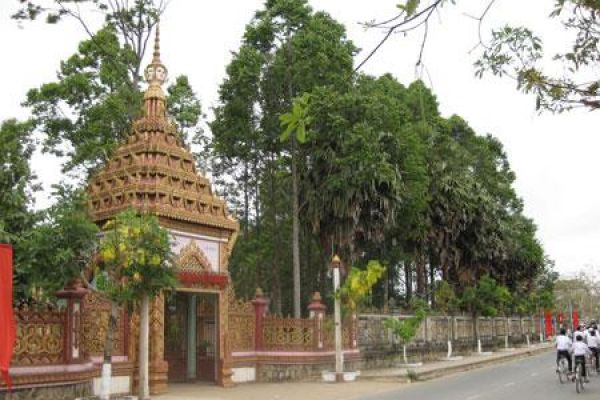

| Cay He (garlic chives) Pagoda in Tieu Can Commune, the southern province of Tra Vinh. The province boasts more than 140 pagodas built in old Khmer architecture styles. |
Tra Vinh Province, situated 200 kilometers from Ho Chi Minh City, is almost like a giant park – most of its streets are covered with large trees, many of them centuries old.
In fact, trees are so omnipresent – they are in offices, schools, houses – that many streets are named after them.
Right at the entrance to Tra Vinh Town, the provincial capital, is the four-hectare Ao Ba Om (Ba Om Pond) or Ao Vuong (square pond).
The pond is filled with lotuses and water lilies, and, thanks to a ban on fishing, has lots of fish and wild ducks. Old trees line its banks, making the spot cool the whole year through.
No one knows for sure about the pond’s origin. But there are many myths about it, one of them more accepted than the others.
It goes like this: In old times, when men and women still fought over who should take the initiative in proposing marriage, locals organized a contest between male and female teams to identify the winner: they had to dig a pond in one night, with the team completing first being the winner.
A woman named Ba Om tricked the men into drinking while her team kept digging and won the competition. Thus the pond was named after her.
Next to the pond is the Museum of Khmer People’s Culture built in 1997. It is one of only two of its kind in Vietnam; the other is in neighboring Soc Trang Province.
It has nearly 1,000 objects on display under three different sections.
The first shows various models of pagodas. It also has idols of goddesses like Kayno, a bird believed to be the personification of a popular Khmer goddess who finds mention in a number of legends.
The Khmers’s agricultural implements which are carved with birds, dragon heads, and other symbols, are displayed in the second room. The last one showcases traditional musical instruments, clothes, masks, and other things locals use in art performances.
According to the province’s website, the most precious objects in the museum are books written on palm leaves in Sanskrit, the ancient Indian language.
Ancient pagodas
Tra Vinh is particularly known for its more than 140 pagodas built in old Khmer architectural styles. Nodol, Hang (cave), and Ang pagodas are the most famous.
Ang (Angkorajaborey) Pagoda is next to the Museum of Khmer People’s Culture, in a complex also consisting of the museum and Ao Ba Om. Legend has it that the pagoda was built at the end of the 10th century, but historical records say it was built before 1715 and restored in 1842.
One of the oldest pagodas in Tra Vinh, Ang’s architecture is a mix of Khmer and Angkor cultures with details like Naga, a deity in the form of a large snake in Hinduism and Buddhism, statutes of humans with bird heads, sacred snakes, birds, and others.
Dozens of large paintings with Buddhist themes can also be found on the walls and roof of the pagoda’s main hall.
The pagoda, which is surrounded by a ditch, has a main Buddha idol that is 2.1 meters high besides 50 smaller statues made of either wood or stone.
Nodol Pagoda, some 40 kilometers to the south of Tra Vinh Town, is believed to have been built in 1677. It consists of many parts including a central chamber that has roofs curved like dragon tails and towers shaped like mountains. Sculptures of deities decorate the pagoda.
Locals often call it Co (stork) Pagoda because many species of the bird flock here.
The other must-visit pagoda is the Hang Pagoda situated some four kilometers to the south of Tra Vinh Town.
Its main gate faces the river bank and has large statues of Yak, a demon converted by Buddha and later assigned to serve as a protector. A smaller gate on the west looks like a cave, so locals often call it Hang (cave) Pagoda though its official name is Mong Ray (Kamponyixprdle).
The place is especially famous for its sculpture made by monks in the giant roots of century-old trees.
It is said that Hang’s monks were inspired after the pagoda was bombed by the US in 1968 during the Vietnam War. The bombing felled hundreds of old trees which the monks used for wood. They planned to collect their roots as well but later decided to sculpt them.
Other pagodas like Samrok Ek, Phuong, and Diep Thach are also good choices for visitors interested in Khmer culture, Buddhism, and Brahmin architecture.
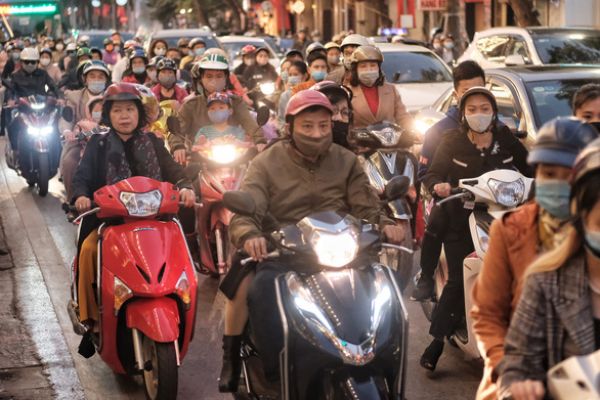
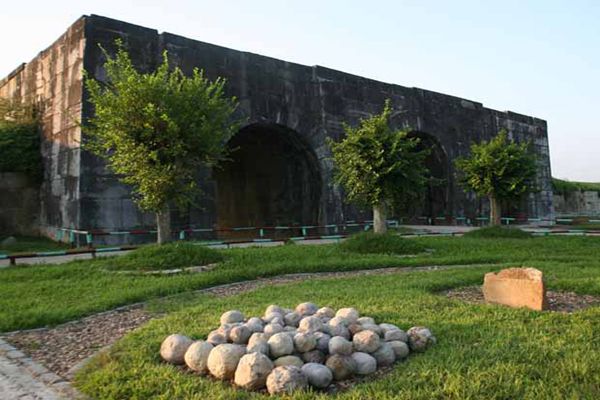
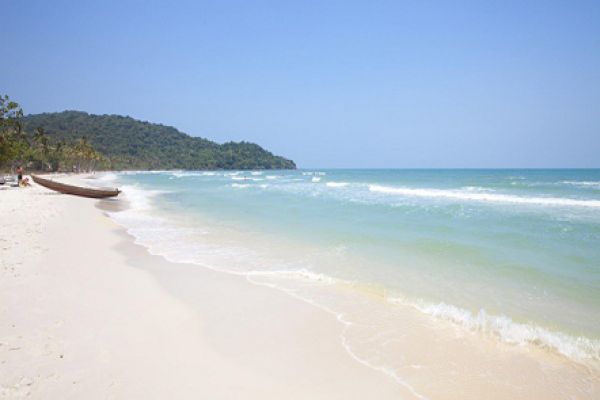
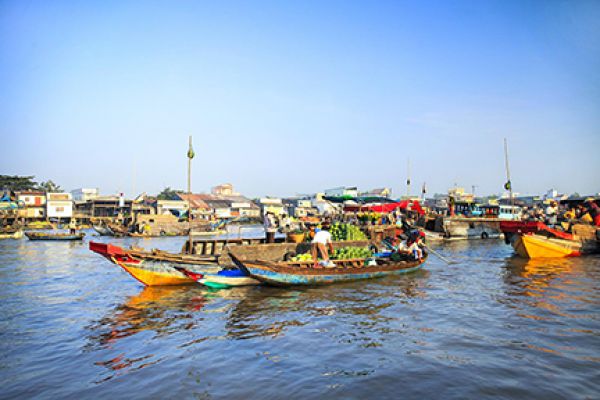

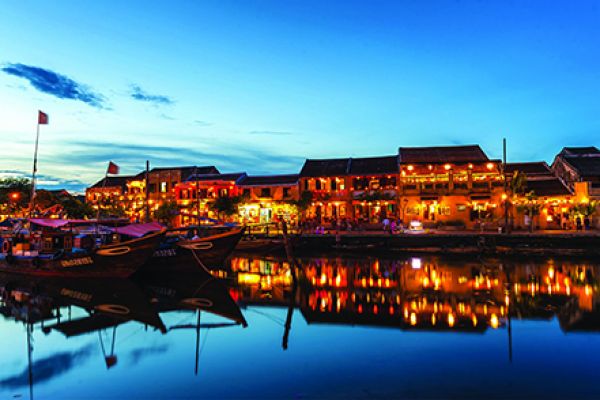
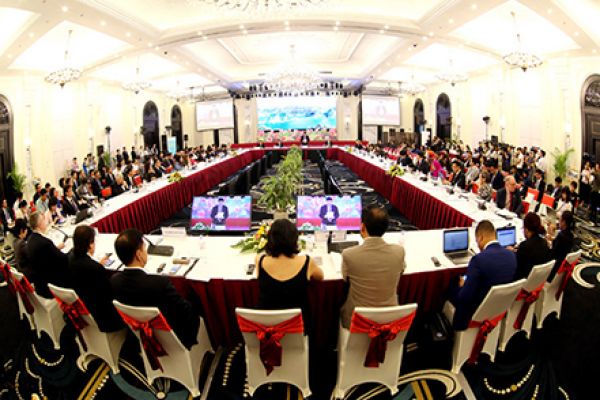
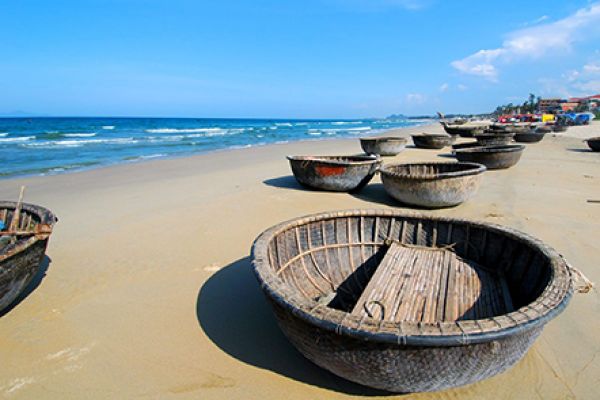
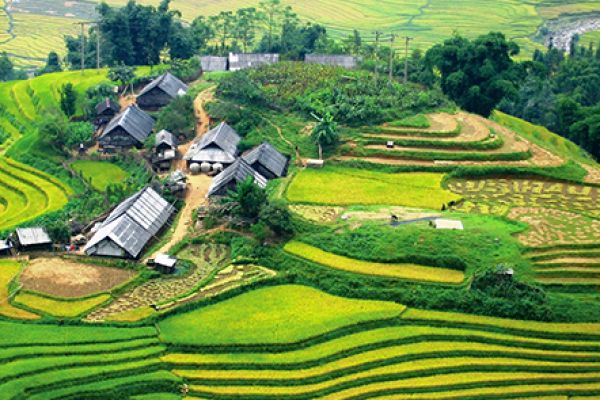
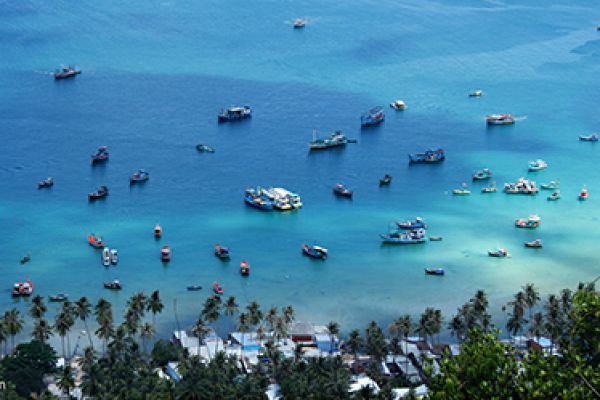
(84-63) 3 826042 – (84-63) 3 511142
No 54 Nguyen Dinh Chieu, Ham Tien Central Mui Ne Beach Binh Thuan Vietnam
523 To Hien Thanh District 10 Ho Chi Minh City Vietnam
Ha Long Halong City Quang Ninh Vietnam
A13 Hung Thong 2 Halong City Quang Ninh Vietnam




